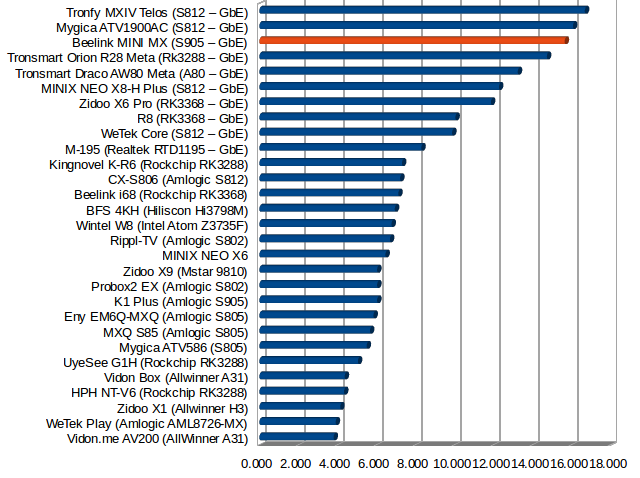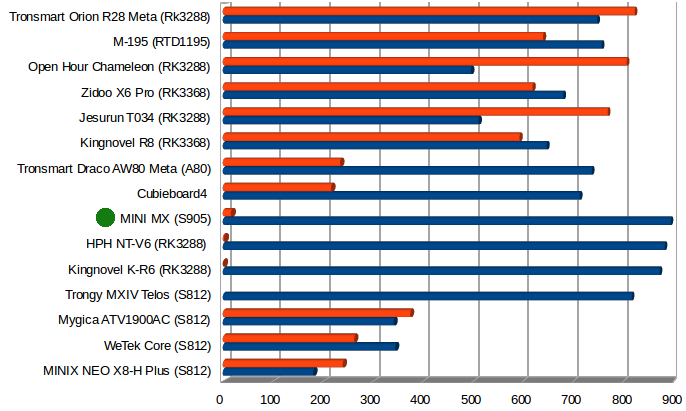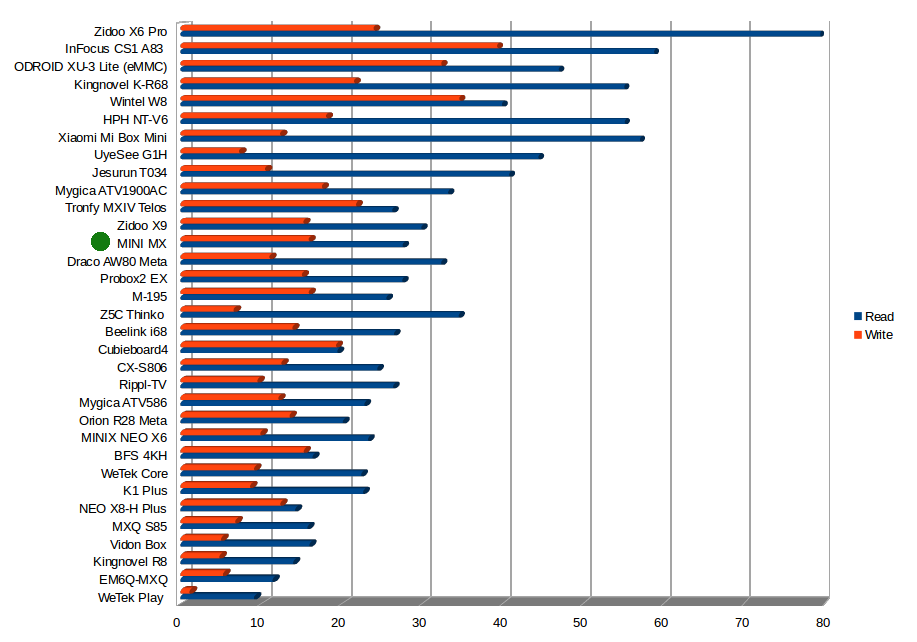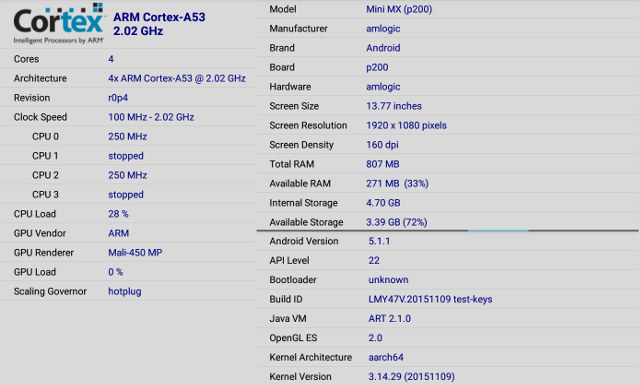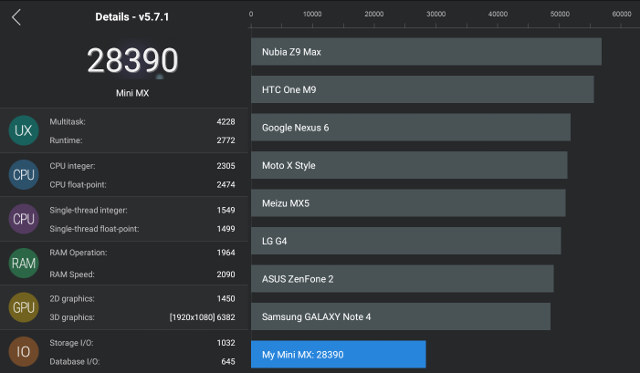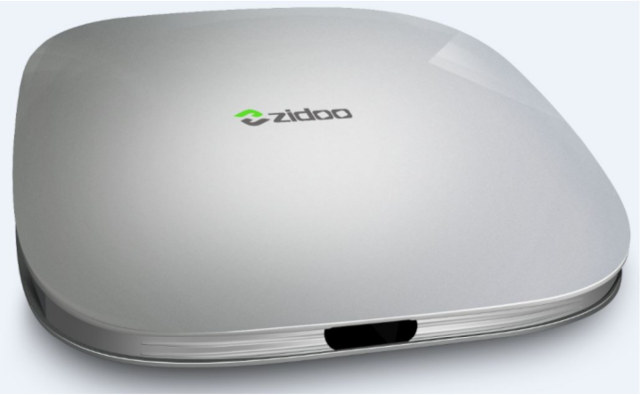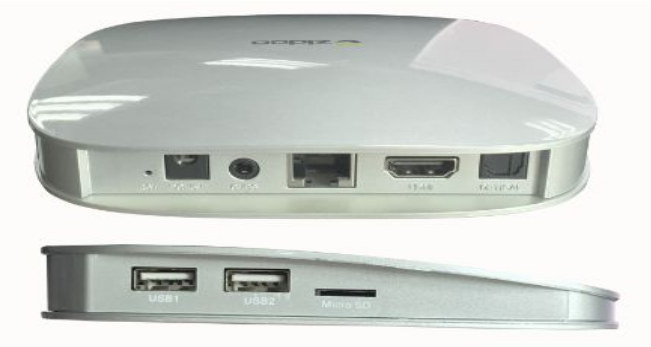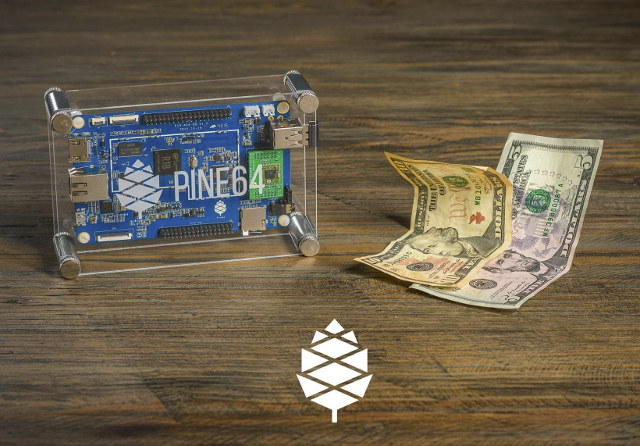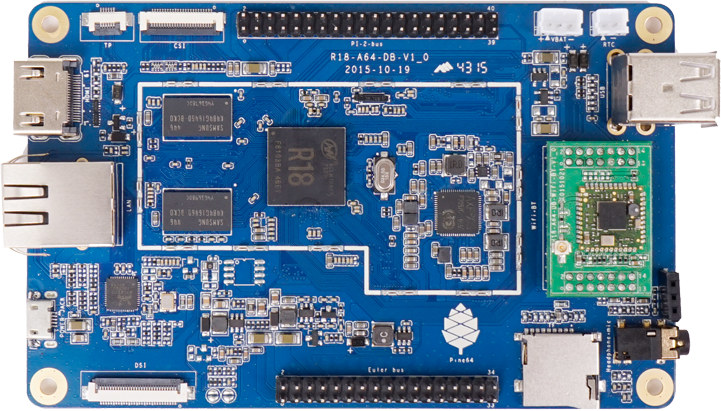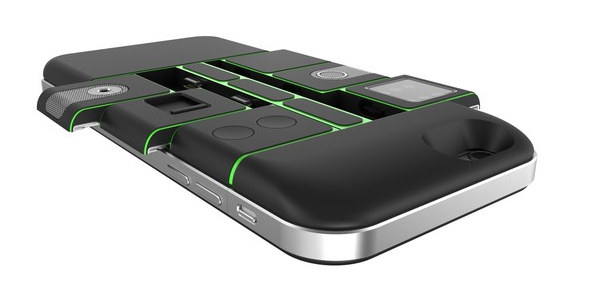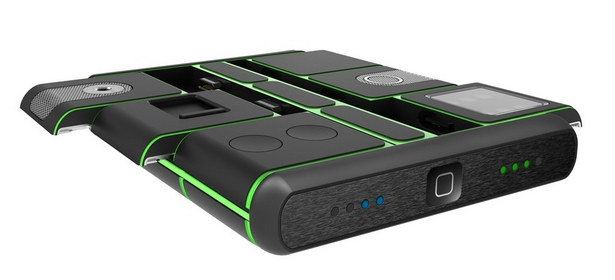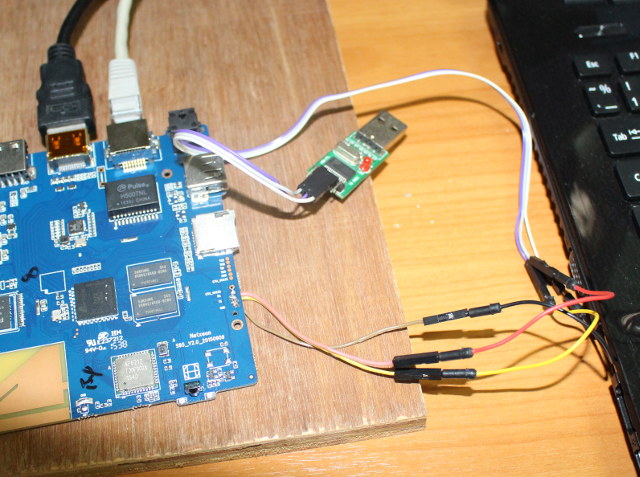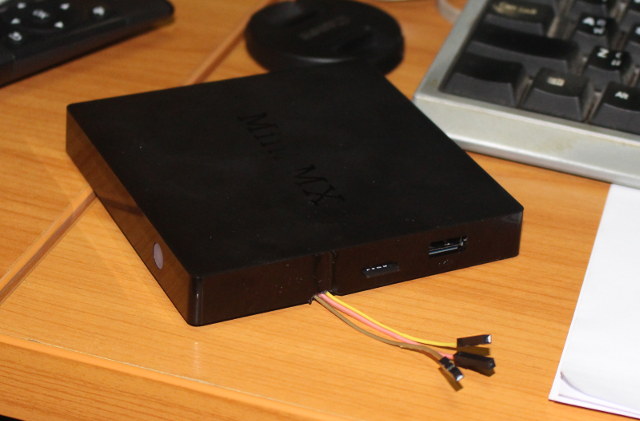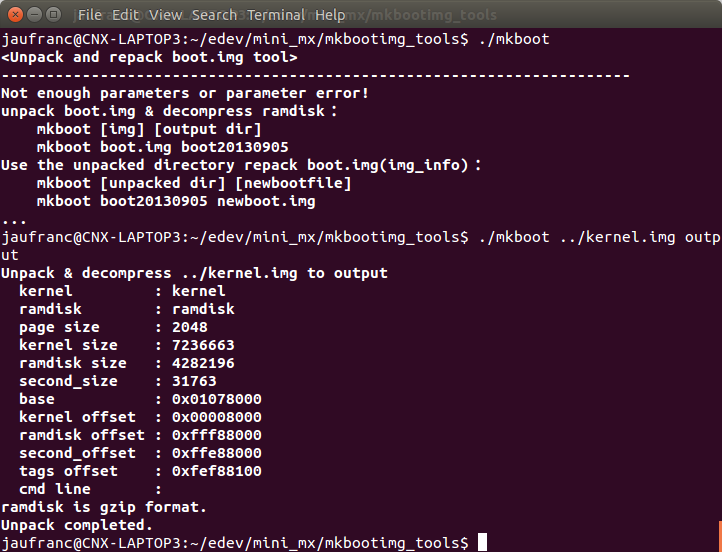[05000C0C][05000C09]
DDR Calibration DQS reg = 0000888A
U-Boot 1.1.3 (Aug 12 2015 - 04:01:01)
Board: Ralink APSoC DRAM: 128 MB
relocate_code Pointer at: 87f68000
flash manufacture id: c2, device id 20 19
find flash: MX25L25635E
============================================
Ralink UBoot Version: 4.3.0.0
––––––––––––––––––––––
ASIC 7628_MP (Port5<->None)
DRAM component: 1024 Mbits DDR, width 16
DRAM bus: 16 bit
Total memory: 128 MBytes
Flash component: SPI Flash
Date:Aug 12 2015 Time:04:01:01
============================================
icache: sets:512, ways:4, linesz:32 ,total:65536
dcache: sets:256, ways:4, linesz:32 ,total:32768
##### The CPU freq = 575 MHZ ####
estimate memory size =128 Mbytes
RESET MT7628 PHY!!!!!!
GPIOMODE –> 50054404
GPIOMODE2 –> 5540551
Please choose the operation:
1: Load system code to SDRAM via TFTP.
2: Load system code then write to Flash via TFTP.
3: Boot system code via Flash (default).
4: Entr boot command line interface.
7: Load Boot Loader code then write to Flash via Serial.
9: Load Boot Loader code then write to Flash via TFTP.
0
3: System Boot system code via Flash.
## Booting image at bc050000 …
Image Name: MIPS OpenWrt Linux-3.18.21
Image Type: MIPS Linux Kernel Image (lzma compressed)
Data Size: 1118491 Bytes = 1.1 MB
Load Address: 80000000
Entry Point: 80000000
Verifying Checksum ... OK
Uncompressing Kernel Image ... OK
No initrd
## Transferring control to Linux (at address 80000000) …
## Giving linux memsize in MB, 128
Starting kernel ...
[ 0.000000] Linux version 3.18.21 (buildbot@builder1) (gcc version 4.8.3 (Op5
[ 0.000000] Board has DDR2
[ 0.000000] Analog PMU set to hw control
[ 0.000000] Digital PMU set to hw control
[ 0.000000] SoC Type: MediaTek MT7688 ver:1 eco:2
[ 0.000000] bootconsole [early0] enabled
[ 0.000000] CPU0 revision is: 00019655 (MIPS 24KEc)
[ 0.000000] MIPS: machine is MediaTek LinkIt Smart 7688
[ 0.000000] Determined physical RAM map:
[ 0.000000] memory: 08000000 @ 00000000 (usable)
[ 0.000000] Initrd not found or empty - disabling initrd
[ 0.000000] Zone ranges:
[ 0.000000] Normal [mem 0x00000000-0x07ffffff]
[ 0.000000] Movable zone start for each node
[ 0.000000] Early memory node ranges
[ 0.000000] node 0: [mem 0x00000000-0x07ffffff]
[ 0.000000] Initmem setup node 0 [mem 0x00000000-0x07ffffff]
[ 0.000000] Primary instruction cache 64kB, VIPT, 4-way, linesize 32 bytes.
[ 0.000000] Primary data cache 32kB, 4-way, PIPT, no aliases, linesize 32 bys
[ 0.000000] Built 1 zonelists in Zone order, mobility grouping on. Total pa2
[ 0.000000] Kernel command line: console=ttyS2,57600 rootfstype=squashfs,jff2
[ 0.000000] PID hash table entries: 512 (order: -1, 2048 bytes)
[ 0.000000] Dentry cache hash table entries: 16384 (order: 4, 65536 bytes)
[ 0.000000] Inode-cache hash table entries: 8192 (order: 3, 32768 bytes)
[ 0.000000] Writing ErrCtl register=00004fc0
[ 0.000000] Readback ErrCtl register=00004fc0
[ 0.000000] Memory: 126332K/131072K available (2703K kernel code, 129K rwdat)
[ 0.000000] SLUB: HWalign=32, Order=0-3, MinObjects=0, CPUs=1, Nodes=1
[ 0.000000] NR_IRQS:256
[ 0.000000] intc: using register map from devicetree
[ 0.000000] CPU Clock: 580MHz
[ 0.000000] clocksource_of_init: no matching clocksources found
[ 0.000000] Calibrating delay loop... 385.84 BogoMIPS (lpj=1929216)
[ 0.060000] pid_max: default: 32768 minimum: 301
[ 0.060000] Mount-cache hash table entries: 1024 (order: 0, 4096 bytes)
[ 0.070000] Mountpoint-cache hash table entries: 1024 (order: 0, 4096 bytes)
[ 0.080000] pinctrl core: initialized pinctrl subsystem
[ 0.090000] NET: Registered protocol family 16
[ 0.110000] mt7621_gpio 10000600.gpio: registering 32 gpios
[ 0.120000] mt7621_gpio 10000600.gpio: registering 32 gpios
[ 0.130000] mt7621_gpio 10000600.gpio: registering 32 gpios
[ 0.140000] Switched to clocksource MIPS
[ 0.150000] NET: Registered protocol family 2
[ 0.150000] TCP established hash table entries: 1024 (order: 0, 4096 bytes)
[ 0.170000] TCP bind hash table entries: 1024 (order: 0, 4096 bytes)
[ 0.180000] TCP: Hash tables configured (established 1024 bind 1024)
[ 0.190000] TCP: reno registered
[ 0.200000] UDP hash table entries: 256 (order: 0, 4096 bytes)
[ 0.210000] UDP-Lite hash table entries: 256 (order: 0, 4096 bytes)
[ 0.220000] NET: Registered protocol family 1
[ 0.230000] futex hash table entries: 256 (order: -1, 3072 bytes)
[ 0.260000] squashfs: version 4.0 (2009/01/31) Phillip Lougher
[ 0.280000] jffs2: version 2.2 (NAND) (SUMMARY) (LZMA) (RTIME) (CMODE_PRIORI.
[ 0.300000] msgmni has been set to 246
[ 0.310000] io scheduler noop registered
[ 0.320000] io scheduler deadline registered (default)
[ 0.330000] Serial: 8250/16550 driver, 16 ports, IRQ sharing enabled
[ 0.350000] 10000c00.uartlite: ttyS0 at MMIO 0x10000c00 (irq = 28, base_baudA
[ 0.360000] 10000d00.uart1: ttyS1 at MMIO 0x10000d00 (irq = 29, base_baud = A
[ 0.380000] console [ttyS2] disabled
[ 0.390000] 10000e00.uart2: ttyS2 at MMIO 0x10000e00 (irq = 30, base_baud = A
[ 0.410000] console [ttyS2] enabled
[ 0.410000] console [ttyS2] enabled
[ 0.420000] bootconsole [early0] disabled
[ 0.420000] bootconsole [early0] disabled
[ 0.440000] spi-mt7621 10000b00.spi: sys_freq: 193333333
[ 0.450000] m25p80 spi32766.0: mx25l25635e (32768 Kbytes)
[ 0.470000] m25p80 spi32766.0: using chunked io
[ 0.470000] 4 ofpart partitions found on MTD device spi32766.0
[ 0.490000] Creating 4 MTD partitions on “spi32766.0″:
[ 0.500000] 0x000000000000-0x000000030000 : “u-boot”
[ 0.510000] 0x000000030000-0x000000040000 : “u-boot-env”
[ 0.520000] 0x000000040000-0x000000050000 : “factory”
[ 0.530000] 0x000000050000-0x000002000000 : “firmware”
[ 0.610000] 2 uimage-fw partitions found on MTD device firmware
[ 0.620000] 0x000000050000-0x00000016115b : “kernel”
[ 0.630000] 0x00000016115b-0x000002000000 : “rootfs”
[ 0.640000] mtd: device 5 (rootfs) set to be root filesystem
[ 0.650000] 1 squashfs-split partitions found on MTD device rootfs
[ 0.660000] 0x000001500000-0x000002000000 : “rootfs_data”
[ 0.690000] ralink_soc_eth 10100000.ethernet eth0: ralink at 0xb0100000, irq5
[ 0.700000] mt7621_wdt 10000120.watchdog: Initialized
[ 0.710000] TCP: cubic registered
[ 0.720000] NET: Registered protocol family 17
[ 0.730000] bridge: automatic filtering via arp/ip/ip6tables has been deprec.
[ 0.760000] Bridge firewalling registered
[ 0.760000] 8021q: 802.1Q VLAN Support v1.8
[ 0.770000] mtk-linkit bootstrap: Version : LINKITS7688
[ 0.780000] mtk-linkit bootstrap: Revision : REV3
[ 0.790000] mtk-linkit bootstrap: setting up bootstrap latch
[ 0.810000] VFS: Mounted root (squashfs filesystem) readonly on device 31:5.
[ 0.830000] Freeing unused kernel memory: 144K (8031c000 - 80340000)
[ 2.130000] init: Console is alive
[ 2.140000] init: - watchdog -
[ 4.170000] usbcore: registered new interface driver usbfs
[ 4.180000] usbcore: registered new interface driver hub
[ 4.190000] usbcore: registered new device driver usb
[ 4.200000] exFAT: Version 1.2.9
[ 4.220000] SCSI subsystem initialized
[ 4.230000] ehci_hcd: USB 2.0 ‘Enhanced’ Host Controller (EHCI) Driver
[ 4.250000] ehci-platform: EHCI generic platform driver
[ 4.460000] phy phy-usbphy.0: remote usb device wakeup disabled
[ 4.470000] phy phy-usbphy.0: UTMI 16bit 30MHz
[ 4.480000] ehci-platform 101c0000.ehci: EHCI Host Controller
[ 4.490000] ehci-platform 101c0000.ehci: new USB bus registered, assigned bu1
[ 4.500000] ehci-platform 101c0000.ehci: irq 26, io mem 0x101c0000
[ 4.540000] ehci-platform 101c0000.ehci: USB 2.0 started, EHCI 1.00
[ 4.550000] hub 1-0:1.0: USB hub found
[ 4.560000] hub 1-0:1.0: 1 port detected
[ 4.570000] ohci_hcd: USB 1.1 ‘Open’ Host Controller (OHCI) Driver
[ 4.580000] ohci-platform: OHCI generic platform driver
[ 4.590000] ohci-platform 101c1000.ohci: Generic Platform OHCI controller
[ 4.600000] ohci-platform 101c1000.ohci: new USB bus registered, assigned bu2
[ 4.620000] ohci-platform 101c1000.ohci: irq 26, io mem 0x101c1000
[ 4.690000] hub 2-0:1.0: USB hub found
[ 4.700000] hub 2-0:1.0: 1 port detected
[ 4.710000] platform gpio-leds: Driver leds-gpio requests probe deferral
[ 4.730000] MTK MSDC device init.
[ 4.780000] mtk-sd: MediaTek MT6575 MSDC Driver
[ 4.790000] platform gpio-leds: Driver leds-gpio requests probe deferral
[ 4.800000] sdhci: Secure Digital Host Controller Interface driver
[ 4.810000] sdhci: Copyright(c) Pierre Ossman
[ 4.820000] sdhci-pltfm: SDHCI platform and OF driver helper
[ 4.840000] usbcore: registered new interface driver usb-storage
[ 5.520000] init: - preinit -
[ 6.550000] rt305x-esw 10110000.esw: link changed 0x00
[ 6.720000] random: procd urandom read with 10 bits of entropy available
Press the [f] key and hit [enter] to enter failsafe mode
Press the [1], [2], [3] or [4] key and hit [enter] to select the debug level
[ 10.100000] jffs2: notice: (371) jffs2_build_xattr_subsystem: complete build.
[ 10.140000] mount_root: switching to jffs2 overlay
[ 10.170000] procd: - early -
[ 10.180000] procd: - watchdog -
[ 10.990000] procd: - ubus -
Command failed: Not found
[ 12.000000] procd: - init -
Please press Enter to activate this console.
[ 13.850000] NET: Registered protocol family 10
[ 13.950000] ip6_tables: (C) 2000-2006 Netfilter Core Team
[ 13.970000] i2c /dev entries driver
[ 14.630000] <– RTMPAllocTxRxRingMemory, Status=0, ErrorValue=0x
[ 14.650000] <– RTMPAllocAdapterBlock, Status=0
[ 14.660000] mtk_gpio_wifi gpio-wifi: registering 1 gpio
[ 14.700000] i2c-ralink 10000900.i2c: loaded
[ 14.720000] Linux video capture interface: v2.00
[ 14.760000] Enable Ralink GDMA Controller Module
[ 14.770000] GDMA IP Version=3
[ 14.800000] ******* mt76xx_pcm_init *******
[ 14.810000] *******Enter codec_wm8960_i2c_probe********
[ 14.820000] soc-audio soc-audio: ASoC: machine MTK APSoC I2S should use snd_)
[ 14.840000] wm8960 0-001a: No platform data supplied
[ 15.350000] soc-audio soc-audio: wm8960-hifi <-> mt76xx-i2s mapping ok
[ 15.370000] ip_tables: (C) 2000-2006 Netfilter Core Team
[ 15.410000] nf_conntrack version 0.5.0 (1976 buckets, 7904 max)
[ 15.460000] usbcore: registered new interface driver uvcvideo
[ 15.470000] USB Video Class driver (1.1.1)
[ 15.510000] xt_time: kernel timezone is -0000
[ 15.540000] PPP generic driver version 2.4.2
[ 15.550000] NET: Registered protocol family 24
[ 21.400000] device eth0.1 entered promiscuous mode
[ 21.410000] device eth0 entered promiscuous mode
[ 21.450000] br-lan: port 1(eth0.1) entered forwarding state
[ 21.460000] br-lan: port 1(eth0.1) entered forwarding state
[ 22.210000] efuse_probe: efuse = 10000012
[ 22.450000] tssi_0_target_pwr_g_band = 26
[ 22.460000] tssi_1_target_pwr_g_band = 35
[ 23.460000] br-lan: port 1(eth0.1) entered forwarding state
[ 29.010000] <==== rt28xx_init, Status=0
[ 30.170000] device ra0 entered promiscuous mode
[ 30.180000] br-lan: port 2(ra0) entered forwarding state
[ 30.190000] br-lan: port 2(ra0) entered forwarding state
[ 32.190000] br-lan: port 2(ra0) entered forwarding state
BusyBox v1.23.2 (2015-11-18 16:34:33 CET) built-in shell (ash)
_______ ________ __
| |.––-.––-.––-.| | | |.––.| |_
| - || _ | -__| || | | || _|| _|
|_______|| __|_____|__|__||________||__| |____|
|__| W I R E L E S S F R E E D O M
––––––––––––––––––––––––––-
CHAOS CALMER (15.05+linkit, r47501)
––––––––––––––––––––––––––-
* 1 1/2 oz Gin Shake with a glassful
* 1/4 oz Triple Sec of broken ice and pour
* 3/4 oz Lime Juice unstrained into a goblet.
* 1 1/2 oz Orange Juice
* 1 tsp. Grenadine Syrup
––––––––––––––––––––––––––-
root@CNXSoft_linkit:/#
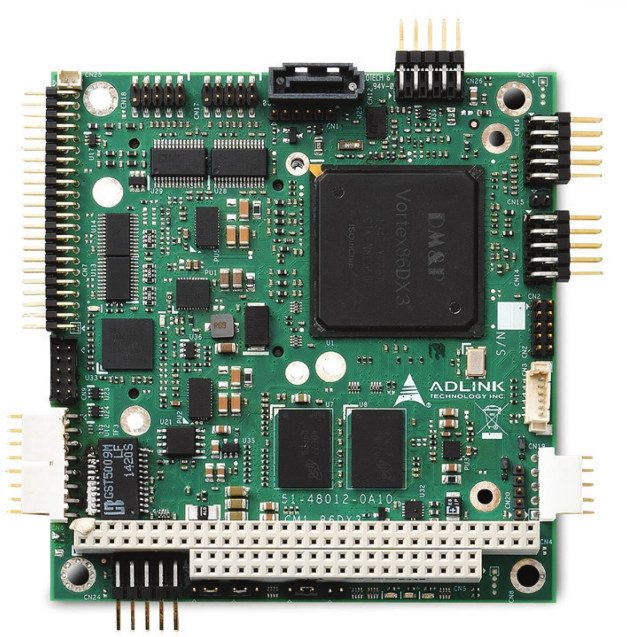
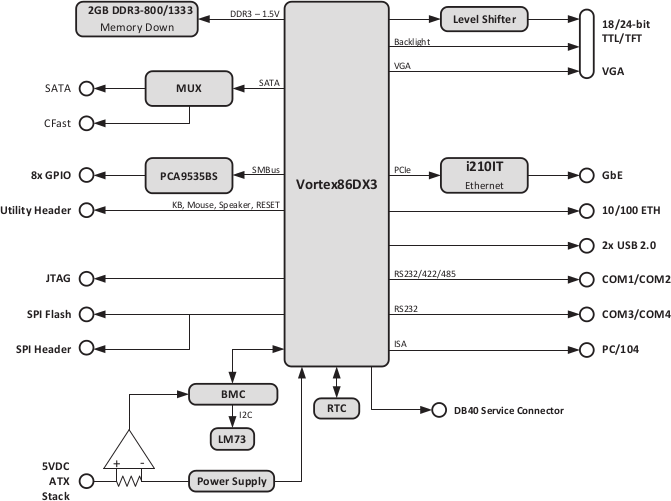


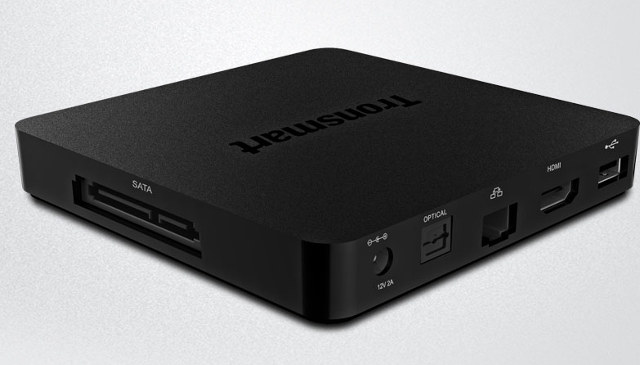
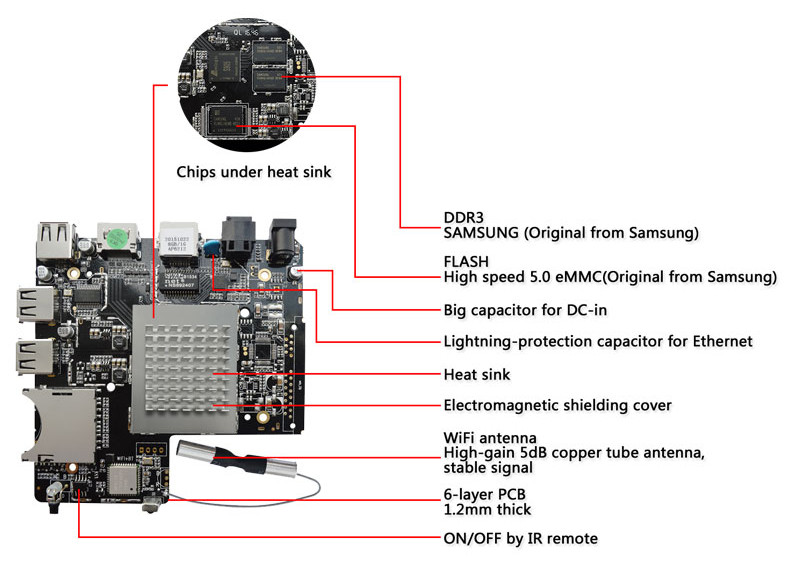

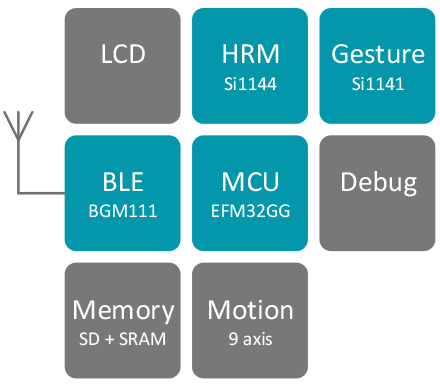
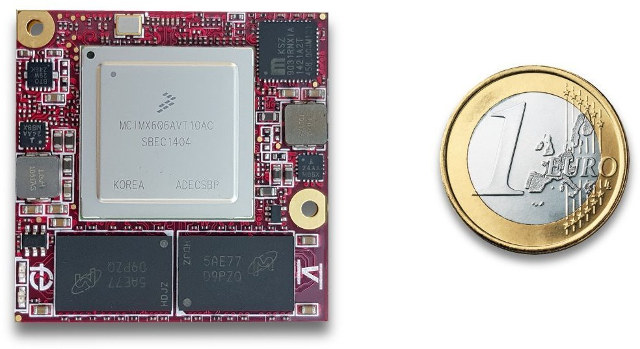
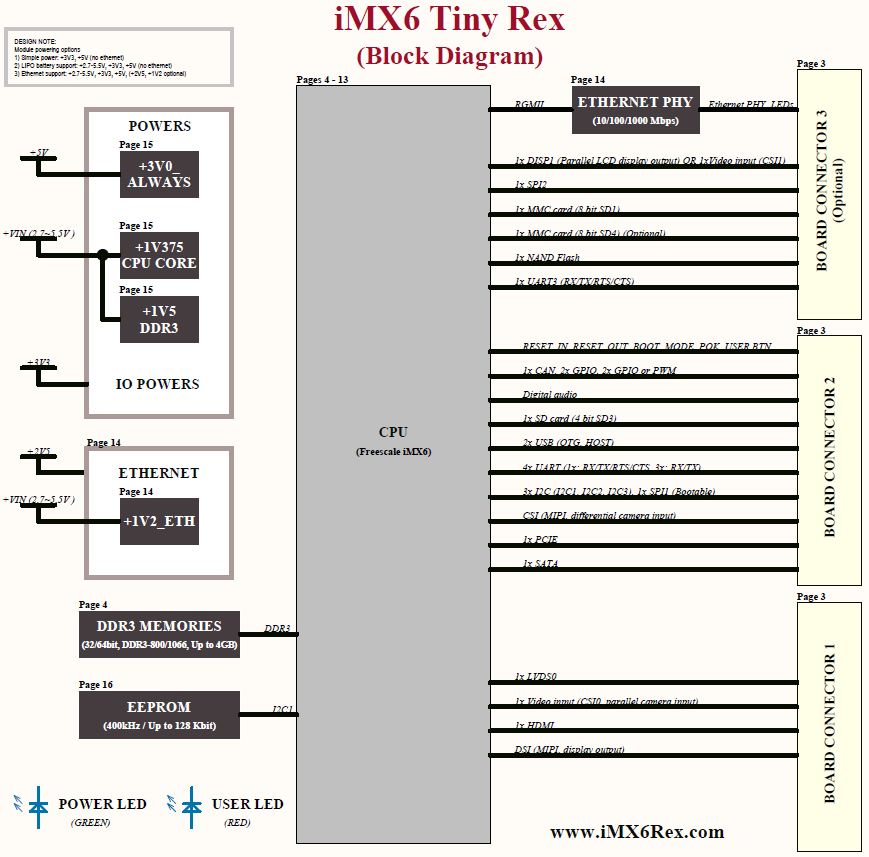
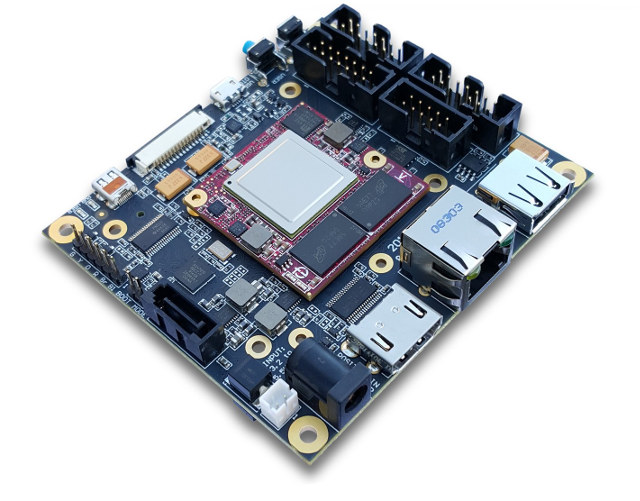
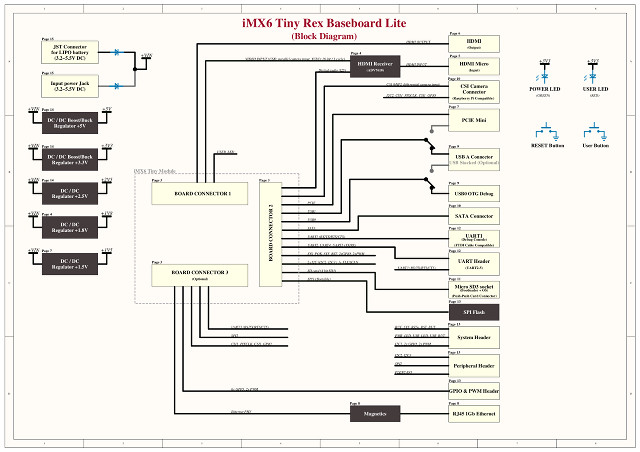
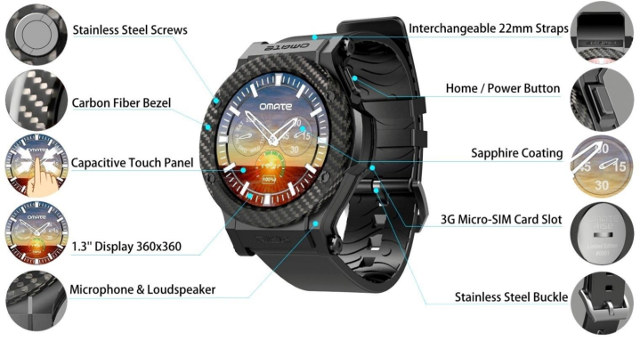
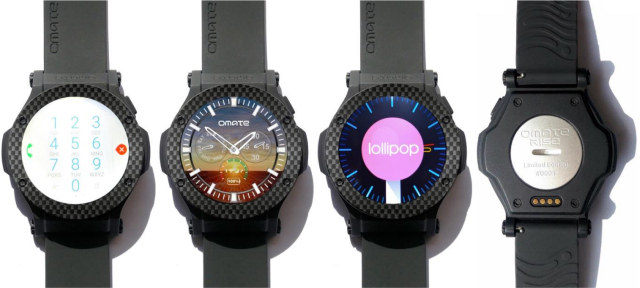
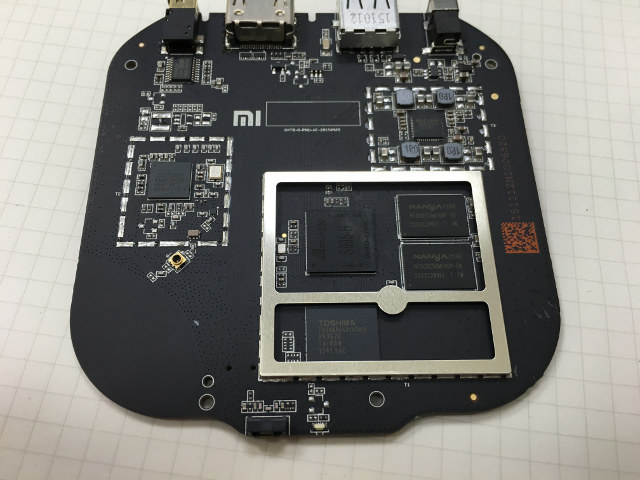

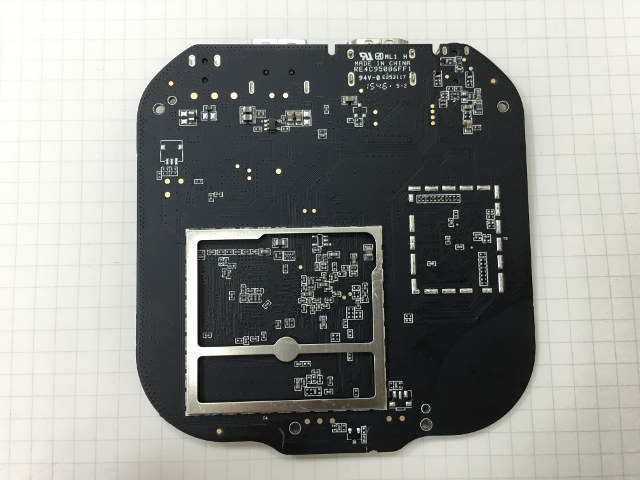

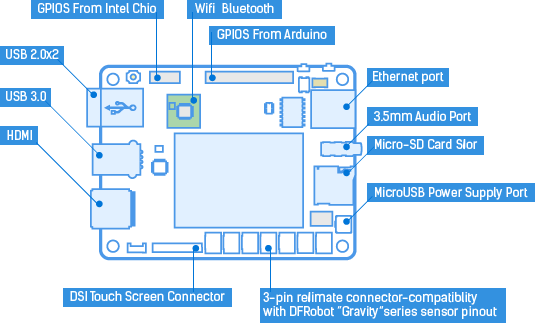
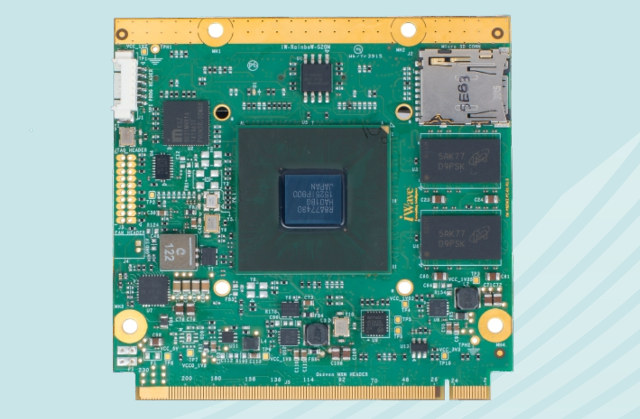
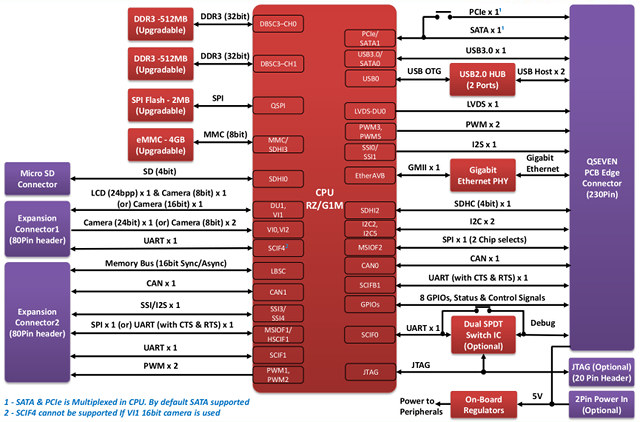
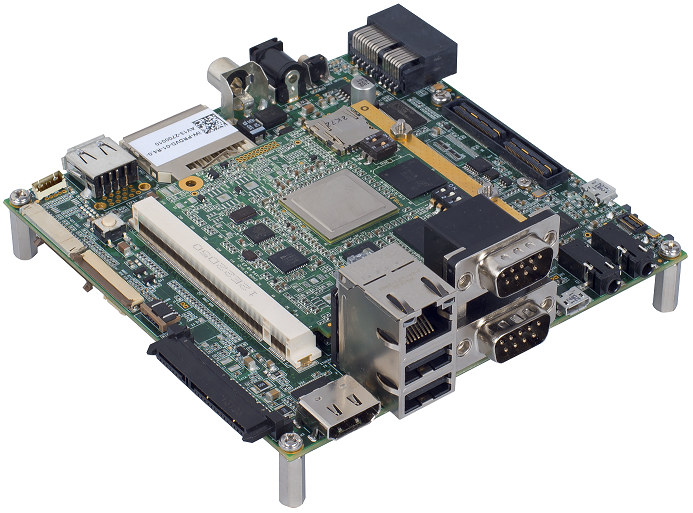

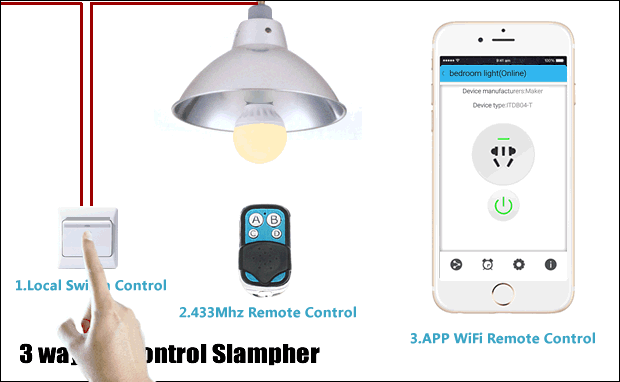
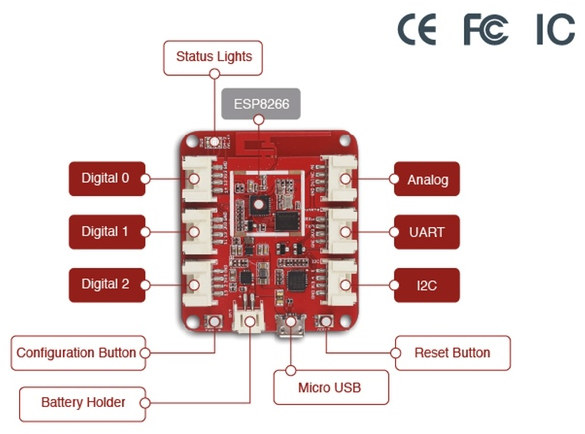
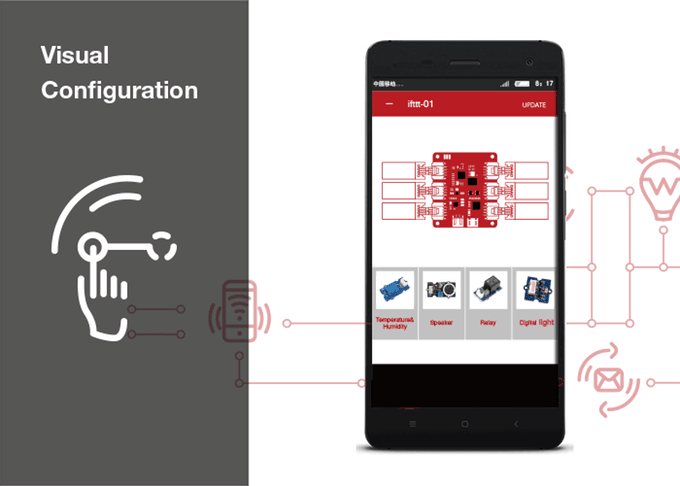
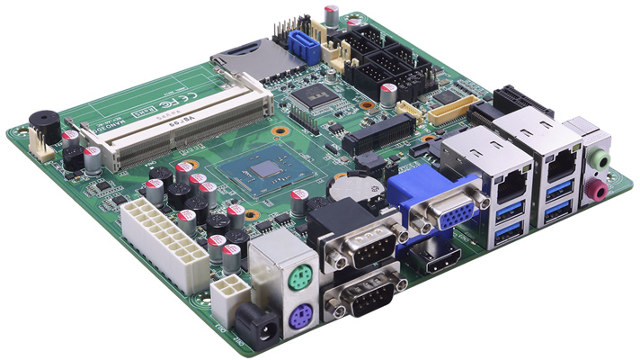
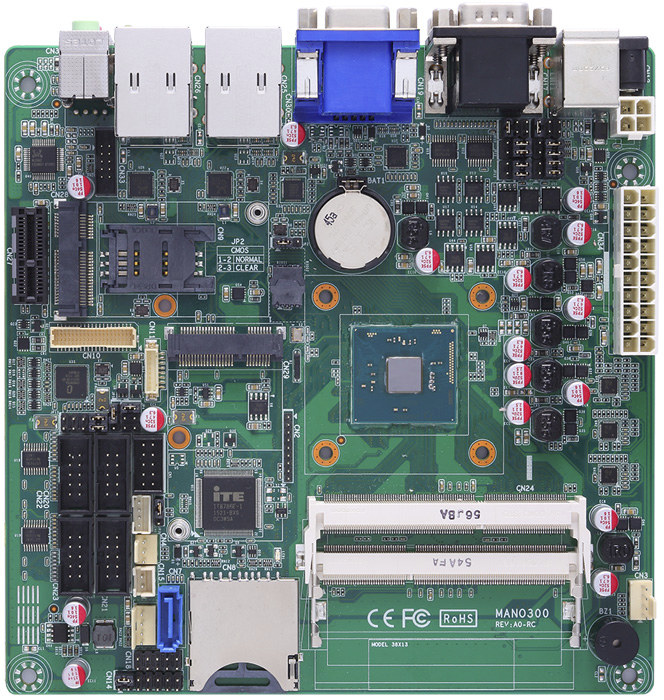
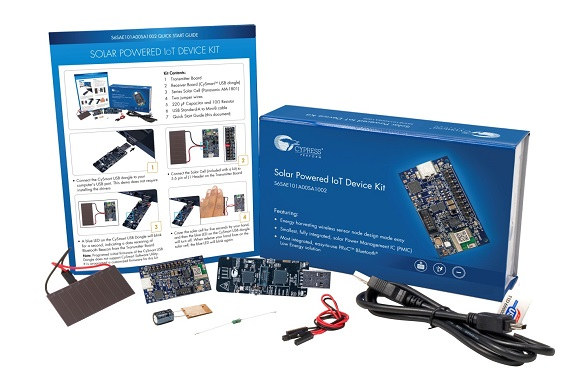
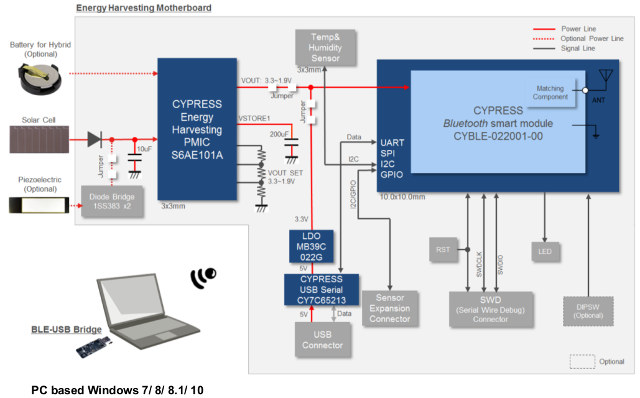
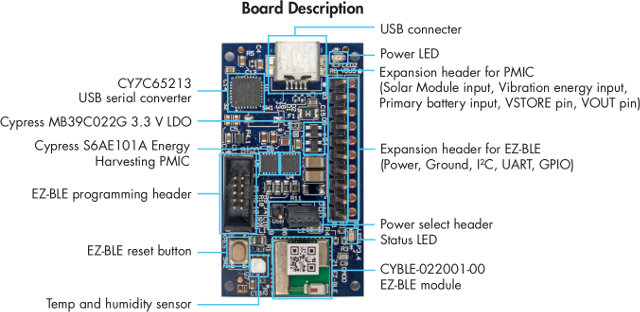
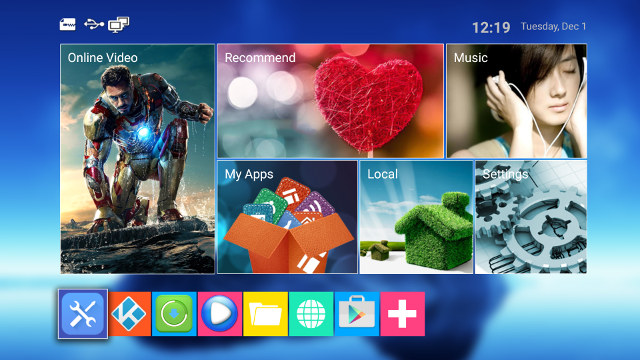
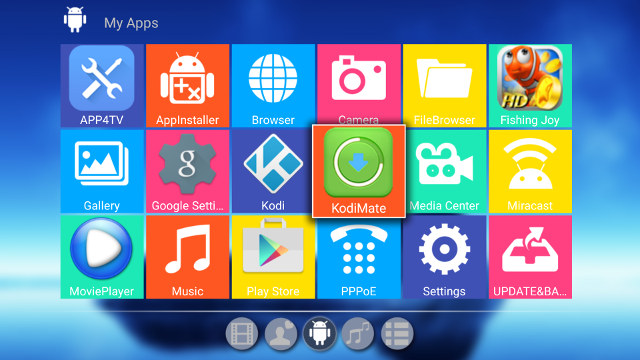
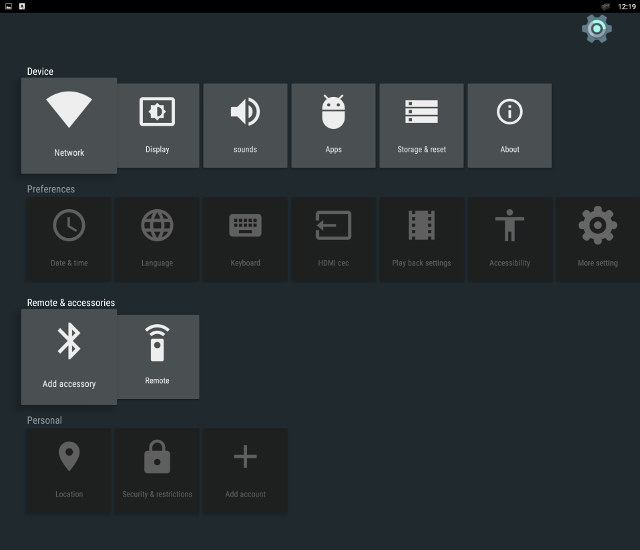
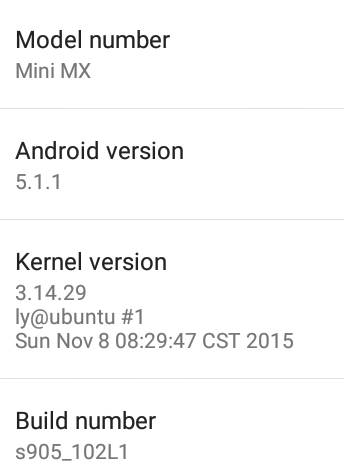
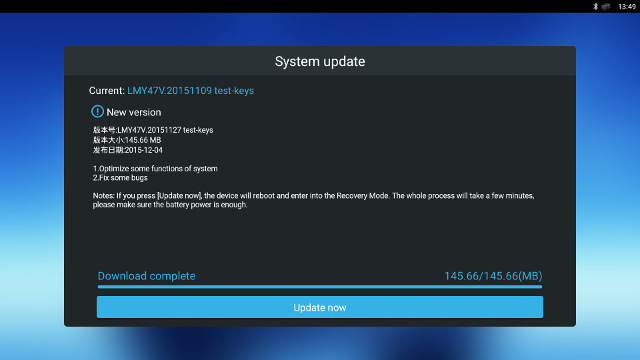
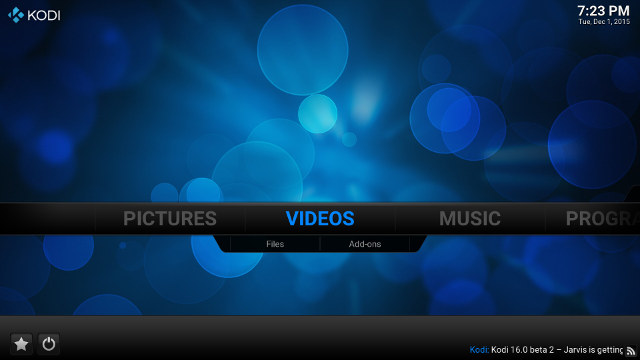
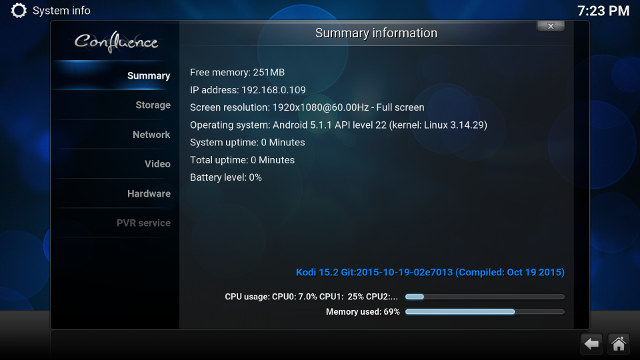

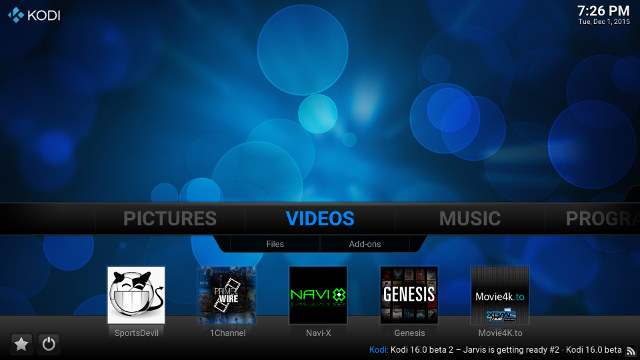
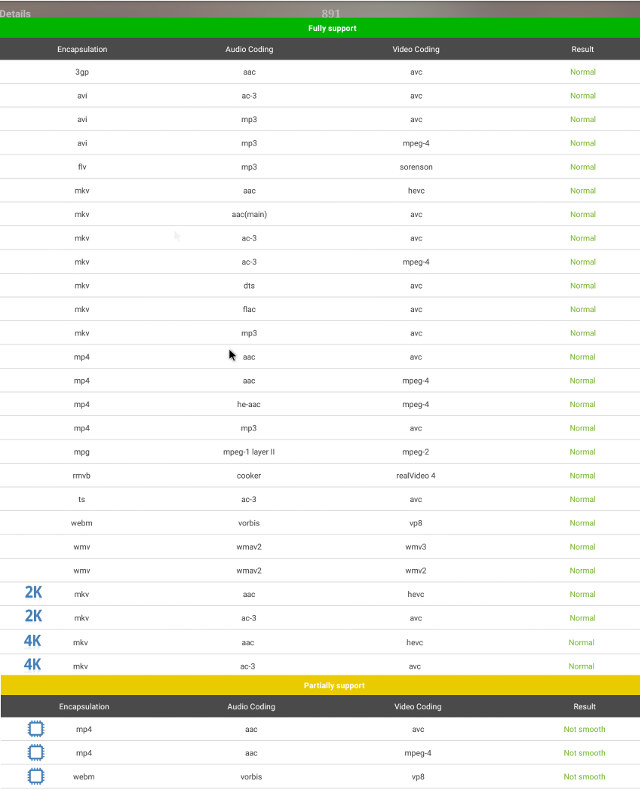
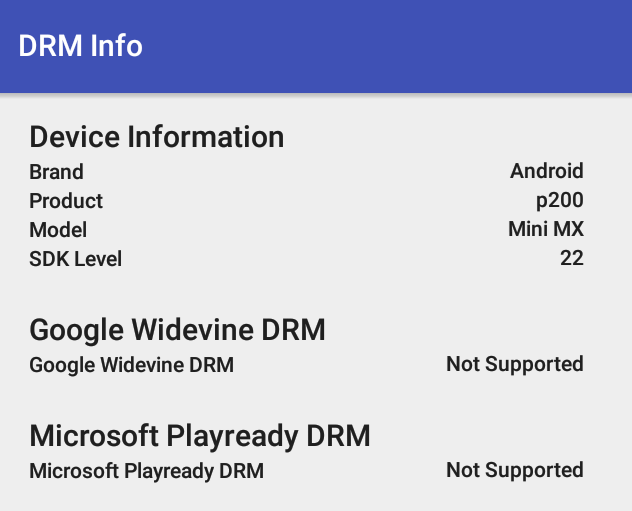 If you want the video samples used in my reviews, please visit “
If you want the video samples used in my reviews, please visit “
